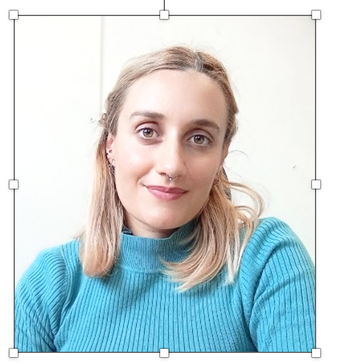
- The Application Notebook-02-01-2019
An Analysis of Amino Acids in Oxidized and Unoxidized Feed Samples
Pickering Laboratories developed an analytical method to comply with all the chromatographic requirements of Commission Regulation (EC) No 152-2009.
Commission Regulation (EC) No 152-2009, published in TheOfficial Journal of European Union, laid down the methods of sampling and analysis for the official control of feed. The regulation describes methods of analysis to control the composition of feed materials and compound feed products. Establishing the amino acids profile is an important way to control quality and nutritional value of feeds. This regulation specifies HPLC with post-column derivatization with ninhydrin reagent as the method of analysis for total and free amino acids. Pickering Laboratories developed an analytical method to comply with all the chromatographic requirements of Commission Regulation (EC) No 152-2009. The same method is used to analyze oxidized and unoxidized feed samples.
Figure 1: Chromatogram of a standard solution of amino acids
Figure 2: Chromatogram of an oxidized feed sample
Figure 3: Chromatogram of a non-oxidized feed sample
Method
Table I: HPLC Program
Table 2: Column oven program
Pickering Laboratories
1280 Space Park Way, Mountain View, CA 94043
tel. (800) 654-3330, (650) 694-6700, fax: (650) 968-0749
Website:
Articles in this issue
almost 7 years ago
Restek LC–MS/MS Analysis of Mycotoxins in Peanut Powder in 5.5 Minalmost 7 years ago
Add More Confidence to Your UHPLC–MS Analysesalmost 7 years ago
An Absolute Molar Mass Analysis of Chitosansalmost 7 years ago
Using the Develosil UHPLC C18 and C30 for Oligonucleotide AnalysisNewsletter
Join the global community of analytical scientists who trust LCGC for insights on the latest techniques, trends, and expert solutions in chromatography.




